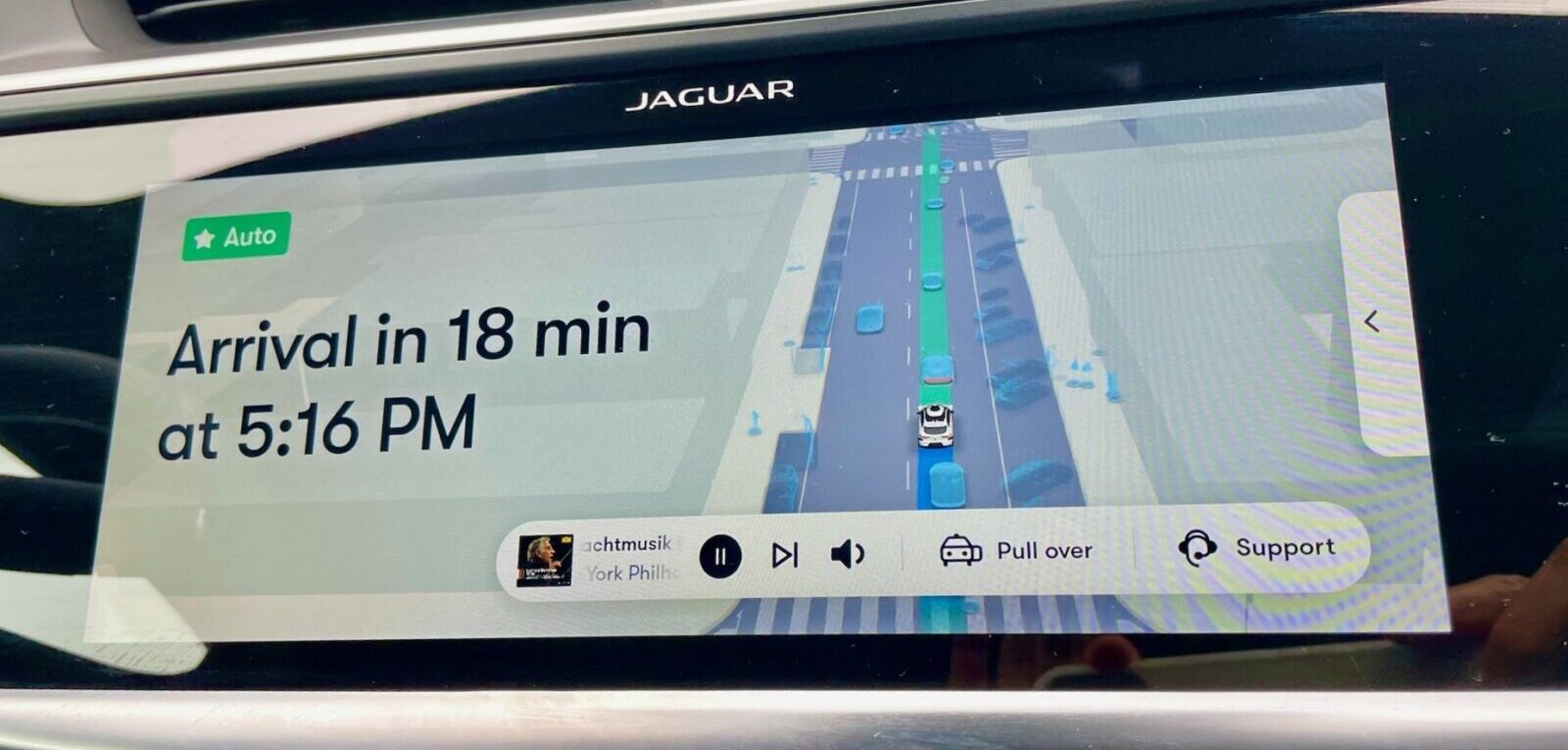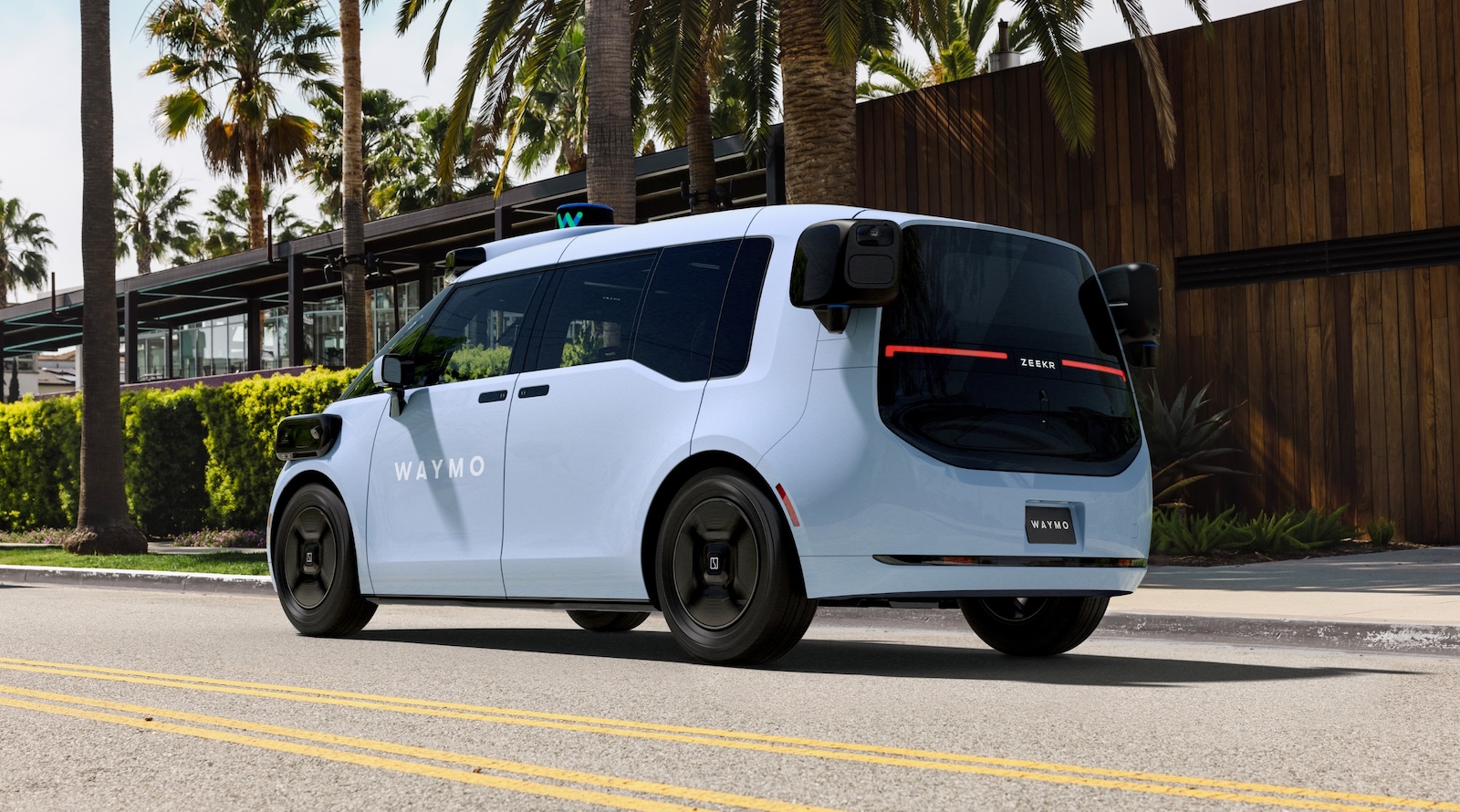Sign up for daily news updates from CleanTechnica on email. Or follow us on Google News!
A Bloomberg article caught my attention this week. I thought it was covering some news about Waymo, but it was actually just clinging to a single word and building part of a story out of that, a story whose headline stood out to me. The headline was “Waymo Sets Its Sights on ‘Premium’ Robotaxi Passengers.” Yes, “premium” is the word. Part of the article is just covering the new Uber–Waymo partnership, which we’ve covered, but part of the article was trying to dig into the core matter for Waymo’s future success or lack of success: whether Waymo can eventually make a profit. One avenue the writer suspects Waymo is going down in order to try to do that is in offering a more “premium” (read: expensive) service. If, once getting more people to experience its robotaxis, Waymo can get people to appreciate the privacy, high tech, and smooth experience of its robotaxis, perhaps it can carve out a space in the market broadly for more premium service.
That got me thinking about whether people will pay more for a robotaxi than a human-driving taxi (once they are more widespread and people have gotten a little used to the idea). I feel like I would. And I think there are many people, especially those extra concerned about rider safety, who would also prefer the robot to a human. Let’s be honest — even for the most sociable among us, it often feels awkward being driving around by someone. Many of us can relax a little bit more if we don’t feel that moderate amount of social pressure or awkwardness. And, my goodness, think of the introverts!
That’s not a new matter to contemplate or discussion, but it’s still a core matter to the calculus of how or when robotaxis could become successful. Also, it led me to another thought, and series of questions: How much are Waymo users avoiding human-driving taxis once they’ve had the Waymo experience? How much of a price difference will people who have had the experience pay in order to enjoy that solitude and smooth ride again? How much more do they favor robotaxis after a few rides in one (once getting used to the experience)? In a more widely penetrated or mature market, what will these numbers look like? For example, if 3 out of 10 taxis on the road are robotaxis, how much will you or I or our neighbors pay or wait to get a robotaxi instead of a human-driven one?
I’m planning to ask Waymo these questions and a few others. We’ll see if they have and share any such data.

Now, going backward for a moment, I know some people think robotaxis won’t become widespread because people prefer getting help with their bags and having another human there in case something goes wrong. I can see that with a small percentage of people, but I have a hard time believing that’s a large portion of the population. I think most of us prefer the peace and solitude.
In the recent experience of my mom and sisters using Waymos in San Francisco, they were clearly just exploring the technology and getting used to it, but they quickly preferred it and it seemed like they really started leaning in its favor after a few rides. I got the feeling that they would favor using a Waymo more and more each time they used one. I imagine that would be the case for many of us. And, then, getting back to that matter of providing a “premium” service, I could see Waymo start charging a little bit more than an Uber or Lyft while offering perhaps a little nicer interior or a few extra features than the norm, but basically coasting on the preferred experience of a robotaxi ride. Can this get Waymo to profitability?
Have a tip for CleanTechnica? Want to advertise? Want to suggest a guest for our CleanTech Talk podcast? Contact us here.
Latest CleanTechnica.TV Videos
CleanTechnica uses affiliate links. See our policy here.
CleanTechnica’s Comment Policy





